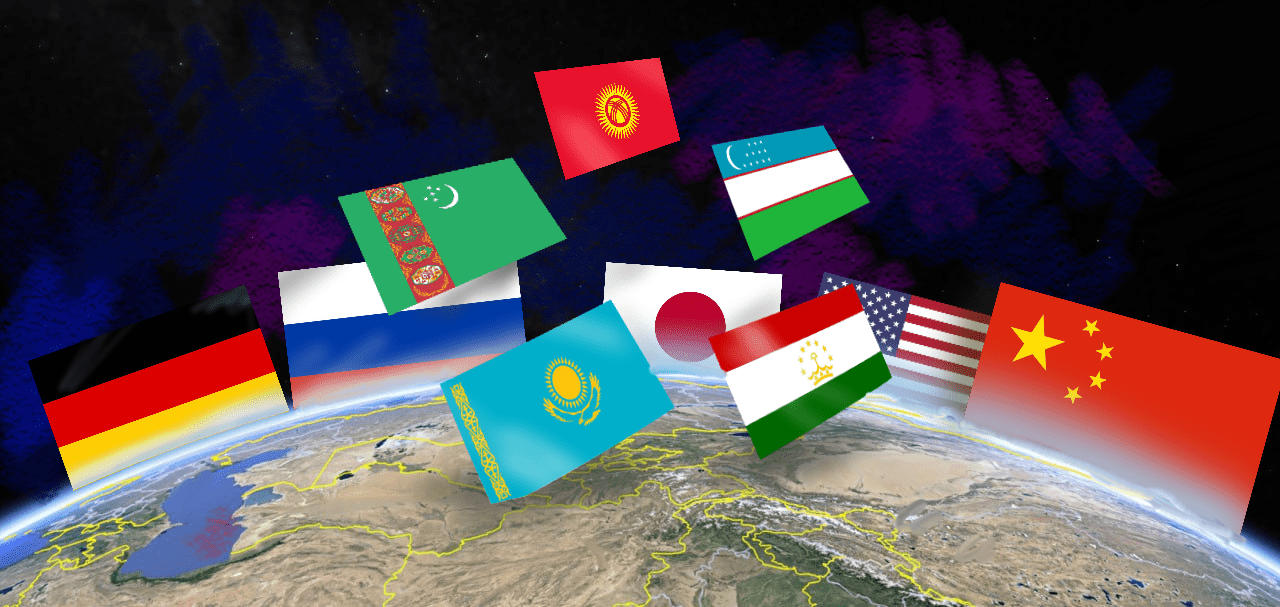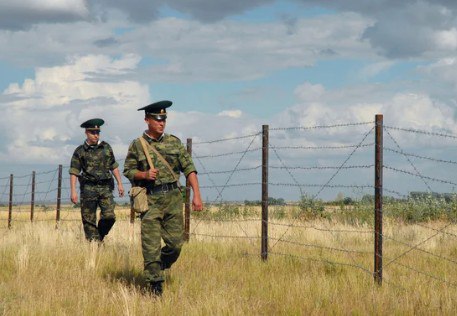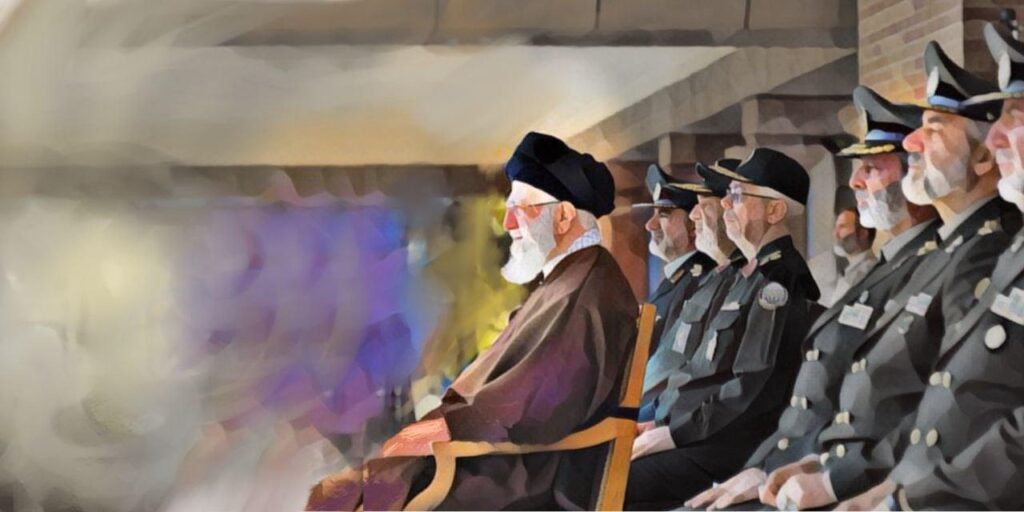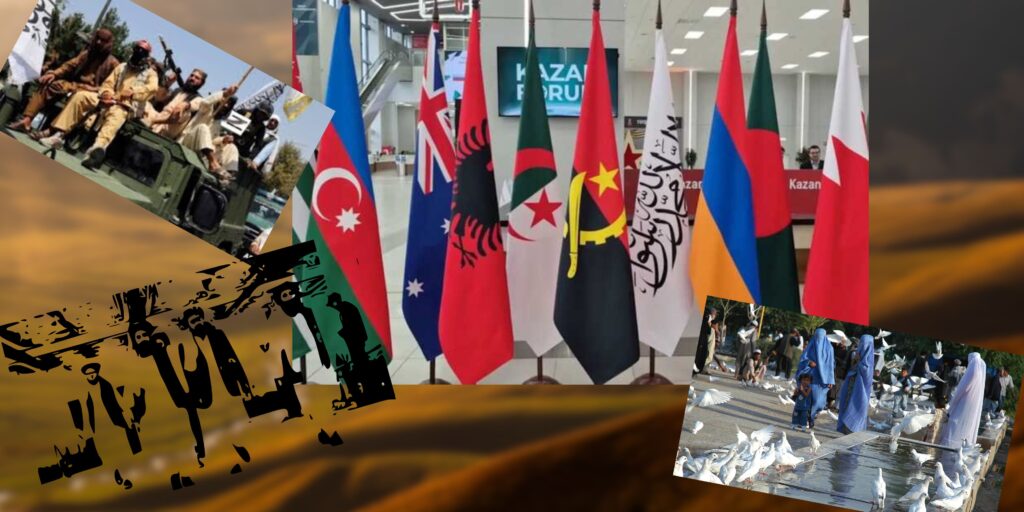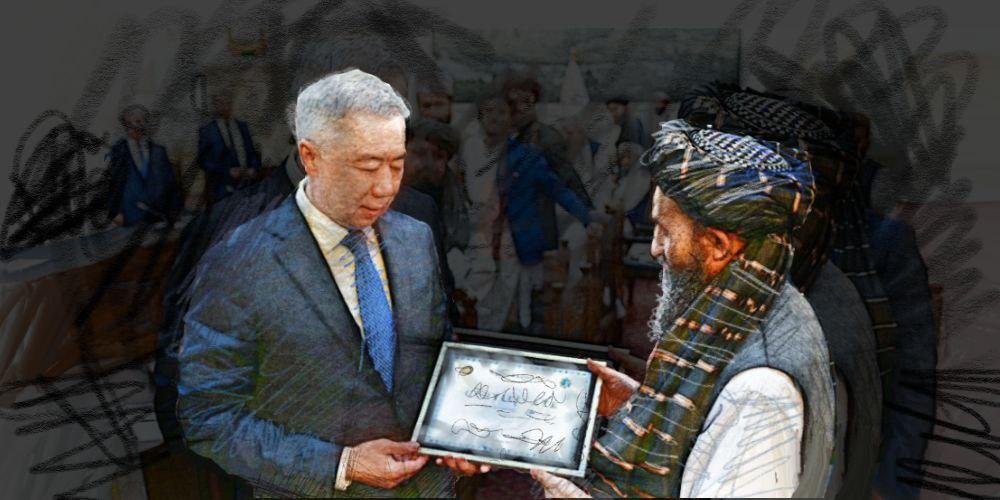Central Asia is an emerging economic region that offers the world immense natural resources, a viable trade corridor, and a young, educated workforce. On a diplomatic level, major global powers have sometimes chosen to engage with the five Central Asian nations (Kazakhstan, Kyrgyzstan, Tajikistan, Turkmenistan, and Uzbekistan) as a bloc rather than individually, thus giving rise to the term C5+1.
The United States, Germany, Japan, and the European Union have C5+1 initiatives grouping the five countries as a block. The C5+1 is not entirely a Western construct as, in addition to Japan, China also has its own C5+1 launched in 2023 that mirrors the U.S. version. Russia’s economic and security cooperation platforms are not all-inclusive when comes to Central Asia and include other CIS countries, such as Armenia, Azerbaijan, Belarus, and Moldova.
Cooperation vis-à-vis Afghanistan shows a united front on regional security
On May 18, 2024, the heads of the Security Councils of Central Asian countries gathered in Astana, Kazakhstan, for a meeting aimed at enhancing regional security and cooperation. This high-level assembly brought together senior officials from the five states to discuss pressing security challenges and explore collaborative solutions. Kazakhstan’s President Kassym-Jomart Tokayev, who chaired the meeting, impressed that Afghanistan should be the focus of the region’s common attention as Central Asia’s most dire security challenges relate to this southern neighbor.
Afghanistan has been a focal point for the spread of violent extremism and oppressive ideologies, impacting global peace and security. The country’s history of conflict and provision of safe havens to extremist groups to train fighters and spread their ideologies have long posed threats to neighboring countries and beyond. In Central Asia, this has led to increased terrorism, with groups like the Islamic Movement of Uzbekistan (IMU) and ISIS-Khorasan exploiting Afghanistan’s instability to establish bases and train fighters. They have carried out cross-border attacks, spreading violence into countries such as Uzbekistan, Tajikistan, and Kyrgyzstan. Additionally, the dissemination of radical ideologies from Afghanistan has recruited and radicalized individuals in Central Asia, contributing to other local insurgencies and destabilizing the region. An attack on a Russian concert hall in March 2024 by ISIS resulted in 144 deaths. This event led President Tokayev to note that “there remains high risks associated with the activity of international terrorist organizations”.
Narcotics trafficking funds terrorist operations in Afghanistan, fuels region-wide organized crime and increases addiction rates. Effective border control is essential to prevent the movements of militants and drug traffickers from Afghanistan into Central Asia, and thus enhance regional security and stability.
In addition to combative and preventive measures, the UN wants Afghanistan to be brought into the international fold to manage these threats. Central Asian countries can facilitate this transition and have already made their own individual bilateral efforts to integrate the “Islamic Republic” into the international arena. Kazakhstan’s President Tokayev, for instance, proposed the creation of a UN Regional Center for Sustainable Development Goals for Central Asia and Afghanistan, to be based in Kazakhstan.
Regional unity helps withstand unwanted external interference
Historically, Central Asia has received great attention from international powers vying for influence and control over its resources and its geopolitical position. Central Asian communities have been at risk of becoming collateral damage in this contest for influence.
President Tokayev called on the Central Asian states to work together to “resist external forces that seek to pit the states of the region against each other and divide them.” A surge in disinformation campaigns has hit the region’s social media space. Unsurprisingly, cybersecurity was raised as a theme of cooperation at the May 18 meeting of Security Council heads.
Outside countries with strategic interests in Central Asia may cause unforeseen divisions when they focus on executing their own agendas. Historically, Russia reinforced its alliances with Central Asia by asserting cultural asymmetries through a shared Russian culture and language. In September 2023, Moscow announced plans to build nine Russian-language schools in Kyrgyzstan by 2029 with a $5.5 million budget, and an additional ten schools in Uzbekistan and Tajikistan. However, Russian soft power is waning in the wake of Russia’s conflict with Ukraine and a resurgence of ethnic-based nationalism. As a result, ethnic tribalization risks pitting the region’s minority Russians against other dominant ethnic groups.
On the other hand, a U.S. push for a more liberal world order, including its blanket provisions for religious expression, may inadvertently allow the rise of extremist and oppressive ideologies that in turn breed terrorism while also eroding the secular principals that a liberal order is intended to protect. In a May 2024 report by the U.S. Commission on International Religious Freedom, all C5 countries were criticized in some form. Tajikistan, for instance, was included in the list of Countries of Particular Concern (CPCs) along with Iran and Afghanistan, among others. Representing the inherent dilemma in its strategy, however, in May 2024, the U.S. deepened cooperation with Tajikistan to combat terrorism, which derives mainly from extremist religious ideologies that the country deems an existential threat.
On a different note, China’s pressure for Central Asian nations to deport Uyghur activists can go against public support among local populations who share strong ethnic and cultural ties with the Uyghurs and can thus shatter notions of solidarity.
Conclusion
The “C5” construct has the potential to benefit all parties as long as divisive policies do not get in their own way. The recent meeting of the heads of Security Council of Central Asian states was a prelude to the upcoming Sixth Consultative Meeting of the Heads of State of Central Asia, which will be held in Astana on August 9, 2024. Kazakhstan’s President Tokayev further announced a strategy for the Development of Regional Cooperation “Central Asia – 2040”, with its adoption expected to be a significant boost for the region. The plan builds on another agreement, the “Treaty on Friendship, Good-Neighborliness and Cooperation for the Development of Central Asia in the XXI Century,” signed by three Central Asian states in 2022.
Overall, the formation of the C5 platform is a good opportunity for the region and the world. With the ingestion of Afghanistan, soon it may even grow to be C6, bringing further predictability to a global order that is experiencing increasing insecurity and instability.
